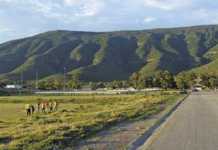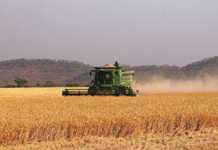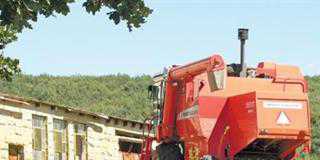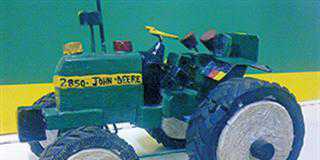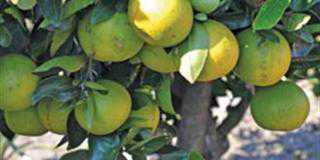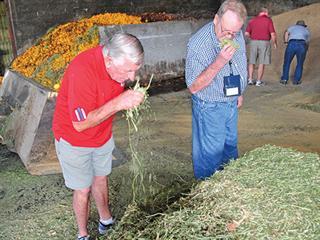
A group of US farmers who recently visited South Africa were impressed with what their local colleagues achieve on tough soils and under difficult weather conditions. But the trip also made them grateful for the circumstances under which they farm back home.
Alvie Fountain of Kennewick in Washington state said that government inefficiency and safety issues would put him off farming in South Africa. The problems caused by unions interfering on farms would also be a deterrent.
“I came away with a new attitude and appreciation for my farm workers. I’ll treat them better in the hope that in America we won’t have to face what SA farmers have to face with regard to labour problems resulting from income differences.”
The US scenario
Subsidies, government crop insurance, and a consistent demand for maize make farming in the USA considerably less risky than in South Africa.
“The bottom line for American farmers is risk management,” says Mike Wilson, an agricultural journalist who accompanied the US farmers.
“Because of the risky nature of weather and prices, farmers feel the government should provide some kind of safety net. This comes in the form of federal subsidies for crop insurance. It’s a good deal for farmers, but also for the consumer because if there’s a catastrophe, farmers don’t go out of business.”
Unlike the farmers in North West, who are currently crippled by drought, the 2012 US drought that destroyed much of the maize crop had farmers smiling all the way to the bank.
“Some 85% of farmers have crop insurance, so they got a make-up cheque from government and made good money,” says Mike.
As maize prices soared during the past few years, farmers in the USA have had little to complain about. Mike explains that when legislation for the mandatory blending of biofuel was passed in 2007, a floor price was established for maize.
“Farmers know that 125 million tons of maize will go to ethanol, so they’ll never go broke. Plantings increased drastically.”
Trends
Much like South Africa, the USA is actively promoting no-till and conservation practices. “Sustainability is a big new trend. Although, what this entails exactly is uncertain, we’re all aiming to leave the earth in a better condition than we found it.
“Our farmers are renowned for adapting new technologies that help them profit or conserve. They’re in a good position to adapt to improve as they are open-minded and we have good universities doing research.”
Mike adds that collecting and interpreting data is another trend that has led to precision planting. “We’re seeing agricultural companies buying up others to develop systems that look at soil, data and fertility levels. We’re seeing technology develop that allows a planter to plant different kinds of seed in a field depending on what will grow best on that patch of land.”
Environmental regulations are on the increase in the USA. Mike says that while farmers believe that good regulations aid them in building trust with the consumer, bad regulations that are not thought through hurt their businesses.
Email: [email protected]
This is an abbreviated version of an article in Farmer’s Weekly 31 January.


